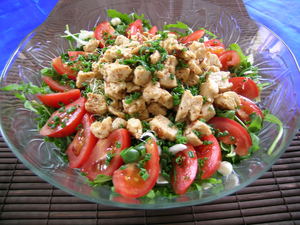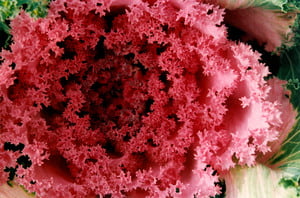Tennessee’s long growing season makes it the ideal place to grow a vegetable garden. Many crops can be planted several times in one season. Using techniques, like succession planting, ensures a continuous harvest all season long. In Tennessee, cool season crops can be planted twice; one planting in late winter and another planting in early autumn. Cool season crops include vegetables that can withstand cool temperatures and frost.
Plants in the brassica family are extremely cold tolerant. These include broccoli, cabbage, and Brussels sprouts. Spinach, turnips, leeks, onions, radishes, peas, parsley, collards, kale, and kohlrabi can tolerate the coldest conditions. These vegetables can be grown over the winter with frost protection, like a row cover or cold frame. Vegetables like beets, carrots, parsnips, cauliflower, celery, chard, Chinese cabbage, endive, lettuce, and potatoes prefer cooler temperatures, but can’t tolerate hard frosts.
Tennessee is famous for its hot and sultry summers that start early and last a long time. Planting cool season crops, in March, before the last frost is very important. Depending on where you are located, the last frost date can be anywhere from mid-March to mid-April. For the major cities in Tennessee the last frost dates are: March 22nd in Memphis, April 6th in Middle Tennessee, near Nashville, and April 16th in the mountains by Knoxville. Personally, I have had better luck planting some of the cool season crops in late summer and early autumn. Peas, in particular, prefer the cooler, moister conditions of autumn. Spinach is quick to mature so it can be planted throughout September for a late harvest. Lettuce takes a little bit longer than spinach, so they should be planted from July through the beginning of September to be sure there’s enough time to harvest. Cauliflowers, cabbages, and broccoli also do great in the fall, but they take longer to mature, so plant them before August 15.
Most vegetables, including warm season vegetables, can be planted in the fall. In Tennessee, we can expect the first frost towards the end of October. Knoxville is the first major Tennessee city to get frost, usually around October 22nd. Middle Tennessee and Nashville usually has the first frost right around Halloween. The first frost in Memphis is usually later, approximately November 13th. To see if there’s enough time for a fall planting, count backwards on the calendar, using the time to harvest date supplied on the seed packaging or plant tag.
Warm season crops are the staples of a vegetable garden and they thrive in Tennessee’s Weather. Most of the warm season crops do best when planted after the middle of April. Although it’s tempting to plant tomatoes and zucchinis early later plantings will often catch-up to older planting due to the warm weather. String beans, cucumbers, squash, zucchini, tomatoes, corn, peppers, eggplants, and watermelons all love the heat and can’t tolerate cold temperatures. String beans planted when the soil is too cool are notorious for rotting in the ground. When you can comfortably sit on the lawn, it’s time to plant beans and all of the warm season crops.


